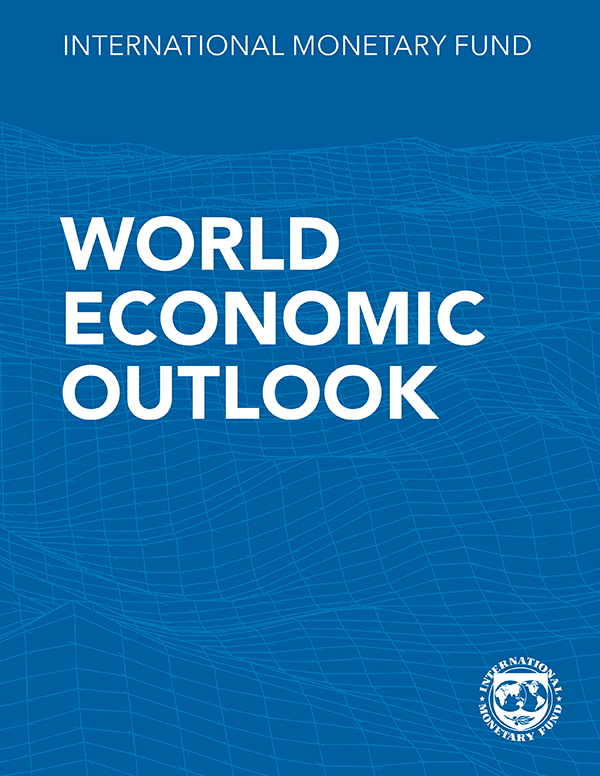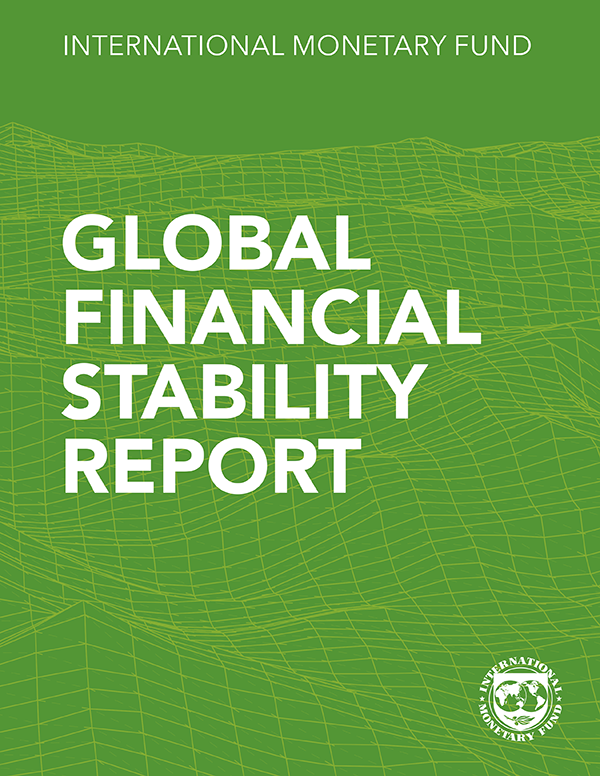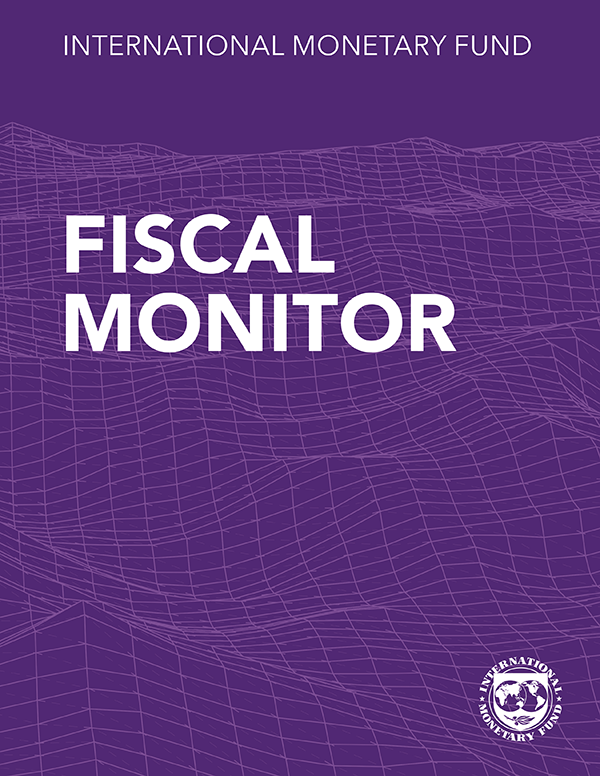Regional Economic Outlook: Sub-Saharan Africa

Still emerging from the COVID-19 pandemic, countries in sub-Saharan Africa have been hit by a sluggish global economy, worldwide inflation, high borrowing costs, and a cost-of-living crisis. In many cases, inflation is still too high, borrowing costs are still elevated, exchange-rate pressures persist, and political instability is an ongoing concern. To ensure that the coming rebound is more than just a transitory glimpse of sunshine, it is important for authorities to guard against a premature relaxation of stabilization policies, while also focusing on reforms to both claw back lost ground from the four-year crisis and also to create new space to address the region’s pressing development needs.
At a Crossroads: Sub-Saharan Africa’s Economic Relations with China
Debt Dilemmas in Sub-Saharan Africa: Some Principles and Trade-Offs in Debt Restructuring
The Long Squeeze: Funding Development in an Age of Austerity
In Pursuit of Stronger Growth and Resilience
Publications

December 2025
Finance & Development
- More Data, Now What?

Annual Report 2025
- Getting to Growth in an Age of Uncertainty

Regional Economic Outlooks
- Latest Issues













